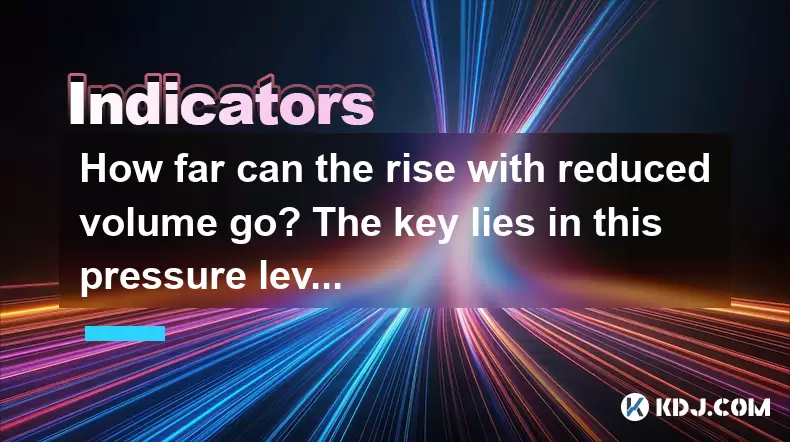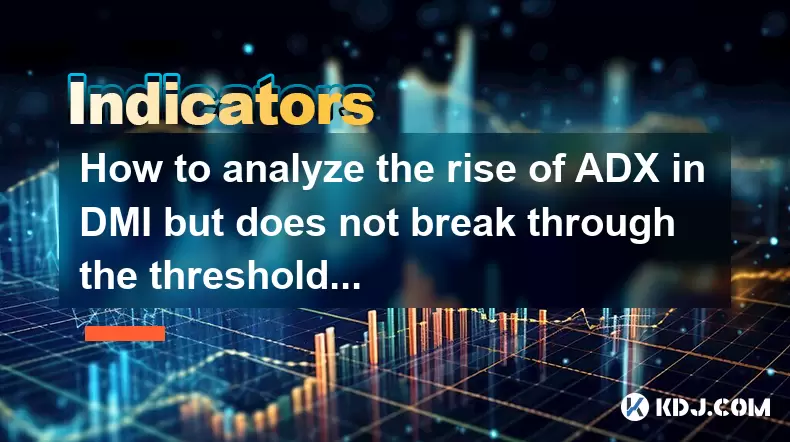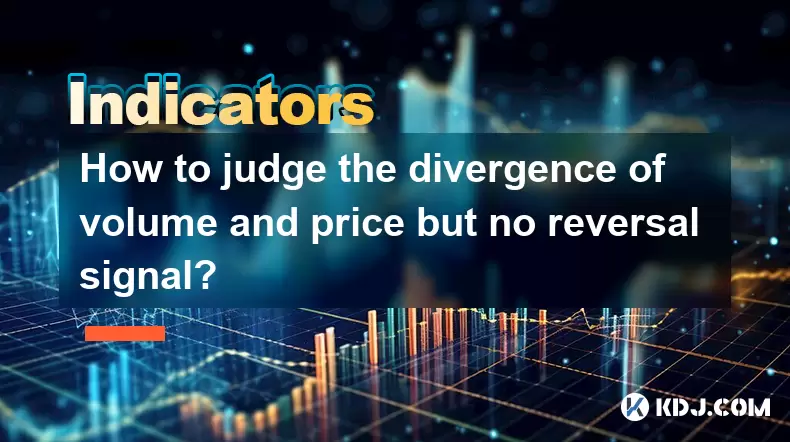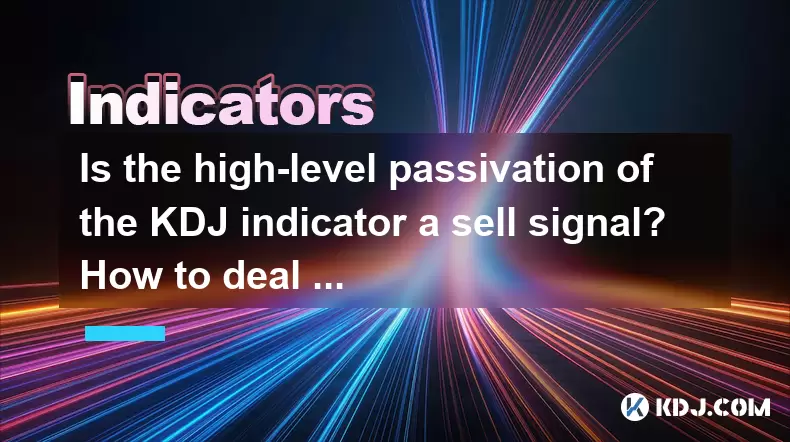-
 Bitcoin
Bitcoin $106,754.6083
1.33% -
 Ethereum
Ethereum $2,625.8249
3.80% -
 Tether USDt
Tether USDt $1.0001
-0.03% -
 XRP
XRP $2.1891
1.67% -
 BNB
BNB $654.5220
0.66% -
 Solana
Solana $156.9428
7.28% -
 USDC
USDC $0.9998
0.00% -
 Dogecoin
Dogecoin $0.1780
1.14% -
 TRON
TRON $0.2706
-0.16% -
 Cardano
Cardano $0.6470
2.77% -
 Hyperliquid
Hyperliquid $44.6467
10.24% -
 Sui
Sui $3.1128
3.86% -
 Bitcoin Cash
Bitcoin Cash $455.7646
3.00% -
 Chainlink
Chainlink $13.6858
4.08% -
 UNUS SED LEO
UNUS SED LEO $9.2682
0.21% -
 Avalanche
Avalanche $19.7433
3.79% -
 Stellar
Stellar $0.2616
1.64% -
 Toncoin
Toncoin $3.0222
2.19% -
 Shiba Inu
Shiba Inu $0.0...01220
1.49% -
 Hedera
Hedera $0.1580
2.75% -
 Litecoin
Litecoin $87.4964
2.29% -
 Polkadot
Polkadot $3.8958
3.05% -
 Ethena USDe
Ethena USDe $1.0000
-0.04% -
 Monero
Monero $317.2263
0.26% -
 Bitget Token
Bitget Token $4.5985
1.68% -
 Dai
Dai $0.9999
0.00% -
 Pepe
Pepe $0.0...01140
2.44% -
 Uniswap
Uniswap $7.6065
5.29% -
 Pi
Pi $0.6042
-2.00% -
 Aave
Aave $289.6343
6.02%
How far can the rise with reduced volume go? The key lies in this pressure level
A rising crypto price with reduced trading volume may signal weak market support, potential manipulation, or quiet accumulation by large players, often leading to sharp reversals if not confirmed by increased participation.
Jun 14, 2025 at 04:50 am

Understanding the Relationship Between Price and Volume in Cryptocurrency
In the volatile world of cryptocurrency, price movements often correlate with changes in trading volume. Typically, a rising price accompanied by high volume suggests strong buyer interest and a potentially sustainable trend. However, when prices rise despite reduced trading volume, it raises concerns about the strength behind the rally.
This phenomenon is not uncommon in crypto markets, where emotions and speculation heavily influence behavior. A rise with reduced volume may indicate that only a small group of buyers is pushing the price upward, without broad market support. This can lead to quick reversals or sharp corrections if new sellers enter the market.
Why Reduced Volume During a Rally Can Be a Warning Signal
When traders observe a bullish move on low volume, they should consider several factors. One critical point is whether institutional investors or whales are accumulating or distributing assets quietly. In such scenarios, low volume could suggest that large players are taking positions without triggering panic buying from retail traders.
However, this type of movement can also be deceptive. If the broader market isn’t participating, the rally may lack sustainability. For instance, during the altcoin season of 2021, many smaller coins saw price increases on relatively low volume, which eventually led to steep declines once selling pressure emerged.
Another aspect is market manipulation. Bad actors sometimes pump prices using minimal capital to trigger stop-losses or attract attention before dumping their holdings. Thus, understanding volume dynamics becomes essential for risk management and trade planning.
Identifying Key Pressure Levels That Determine Future Movement
The title refers to a crucial concept: the key lies in this pressure level. In technical analysis, pressure levels are areas where price faces resistance due to historical congestion or psychological barriers. These levels act as decision points for traders.
A pressure level can be identified through:
- Previous resistance zones
- Fibonacci retracement levels
- Moving average crossovers
- Pivot points
If a cryptocurrency rises with reduced volume toward a known pressure level, it’s important to monitor how the price reacts. Will it break through convincingly, or will it stall and reverse?
For example, if Bitcoin approaches $65,000 with declining volume, traders must watch whether it closes above this level with increased participation. Otherwise, the rally may fizzle out quickly.
How to Analyze Volume Patterns Alongside Technical Indicators
To better understand whether a low-volume rally has legs, traders should combine volume analysis with other tools:
- On-Balance Volume (OBV): This indicator tracks cumulative volume flow. If OBV is trending upward while price rises on low volume, it might signal hidden accumulation.
- Volume Weighted Average Price (VWAP): Helps assess whether current price is overvalued relative to volume.
- Relative Strength Index (RSI): When RSI shows divergence — price makes a higher high but RSI makes a lower high — it may confirm weakness in the rally.
By overlaying these indicators with volume bars, traders gain a more comprehensive view of potential outcomes. It's crucial to note that no single metric gives a complete picture; combining multiple tools increases accuracy.
Practical Steps to Evaluate Low-Volume Rallies
Here’s a step-by-step guide to evaluating a rally that occurs with decreasing volume:
- Confirm the trend: Use moving averages like the 50-day and 200-day to identify the overall direction.
- Analyze volume history: Compare current volume to the average volume over the past 30 days.
- Mark key resistance levels: Identify where previous sell-offs occurred.
- Watch candlestick patterns near resistance: Doji, shooting star, or bearish engulfing patterns may signal rejection.
- Use order book data: Observe bid-ask imbalances that may hint at whale activity.
- Set realistic stop-loss levels: Protect your position in case the rally collapses.
- Monitor social sentiment: Sudden spikes in hype without volume support may precede a dump.
These steps help traders make informed decisions rather than reacting emotionally to short-term price action.
Frequently Asked Questions
What does a low-volume rally usually indicate in crypto markets?
A low-volume rally typically indicates a lack of broad market participation. It may reflect manipulation, quiet accumulation by large players, or a false breakout. Without strong volume backing the move, the rally may not sustain itself and could reverse quickly.
Can a rally with reduced volume still continue higher?
Yes, it can, especially if large holders are absorbing supply without triggering panic buying. However, the continuation depends on whether volume picks up as the price approaches key resistance levels. If not, the likelihood of a reversal increases.
How can I differentiate between a healthy rally and a weak one based on volume?
A healthy rally usually sees increasing or stable volume as price moves upward. A weak rally often shows declining volume during the rise and sudden spikes during pullbacks. You can use OBV or VWAP to confirm whether volume supports the price trend.
Is it safe to buy during a low-volume rally?
Buying during a low-volume rally carries higher risk. It’s safer to wait until the price breaks through a significant resistance level with confirmed volume. Traders can also look for signs of accumulation in the order book or on-chain metrics before entering a position.
Disclaimer:info@kdj.com
The information provided is not trading advice. kdj.com does not assume any responsibility for any investments made based on the information provided in this article. Cryptocurrencies are highly volatile and it is highly recommended that you invest with caution after thorough research!
If you believe that the content used on this website infringes your copyright, please contact us immediately (info@kdj.com) and we will delete it promptly.
- 2025-W Uncirculated American Gold Eagle and Dr. Vera Rubin Quarter Mark New Products
- 2025-06-13 06:25:13
- Ruvi AI (RVU) Leverages Blockchain and Artificial Intelligence to Disrupt Marketing, Entertainment, and Finance
- 2025-06-13 07:05:12
- H100 Group AB Raises 101 Million SEK (Approximately $10.6 Million) to Bolster Bitcoin Reserves
- 2025-06-13 06:25:13
- Galaxy Digital CEO Mike Novogratz Says Bitcoin Will Replace Gold and Go to $1,000,000
- 2025-06-13 06:45:13
- Trust Wallet Token (TWT) Price Drops 5.7% as RWA Integration Plans Ignite Excitement
- 2025-06-13 06:45:13
- Ethereum (ETH) Is in the Second Phase of a Three-Stage Market Cycle
- 2025-06-13 07:25:13
Related knowledge

How to confirm the effectiveness of the average price line support in the time-sharing chart?
Jun 17,2025 at 12:56am
Understanding the Time-Sharing Chart and Its RelevanceIn cryptocurrency trading, time-sharing charts play a crucial role in analyzing short-term price movements. These charts typically display price fluctuations over a specific period, often ranging from minutes to hours. Traders rely on them to make quick decisions based on real-time data. The average ...

What does it mean when the momentum indicator breaks above the zero axis?
Jun 17,2025 at 12:43am
Understanding the Momentum IndicatorThe momentum indicator is a technical analysis tool used to measure the speed or velocity of price movements in cryptocurrency markets. It helps traders identify potential trend reversals, overbought or oversold conditions, and confirms existing trends. The indicator typically oscillates around a zero line, with value...

How to analyze the rise of ADX in DMI but does not break through the threshold?
Jun 16,2025 at 11:49pm
Understanding ADX and DMI in Cryptocurrency TradingIn cryptocurrency trading, ADX (Average Directional Index) is a technical indicator used to measure the strength of a trend. It works in conjunction with the DMI (Directional Movement Indicator), which includes two components: +DI (Positive Directional Indicator) and -DI (Negative Directional Indicator)...

How to judge the divergence of volume and price but no reversal signal?
Jun 17,2025 at 12:28am
Understanding Volume and Price DivergenceIn the world of cryptocurrency trading, volume and price are two key indicators that traders monitor closely. Divergence occurs when these two metrics move in opposite directions. For example, if the price of a cryptocurrency is rising but its volume is declining, this could signal weakening momentum. However, it...

Is the high-level passivation of the KDJ indicator a sell signal? How to deal with it?
Jun 17,2025 at 12:49am
Understanding the KDJ Indicator in Cryptocurrency TradingThe KDJ indicator, also known as the stochastic oscillator, is a momentum-based technical analysis tool widely used in cryptocurrency trading. It consists of three lines: the %K line, the %D line, and the %J line. These lines help traders assess overbought or oversold conditions, potential trend r...

How to identify the pressure intensity when the upper shadow line tests the previous high?
Jun 17,2025 at 12:09am
Understanding the Upper Shadow Line in Candlestick ChartsIn cryptocurrency trading, candlestick patterns are essential tools for analyzing market sentiment. One such pattern is the appearance of an upper shadow line, which often appears when a candle closes lower than its highest point during a specific period. This upper wick or shadow indicates that w...

How to confirm the effectiveness of the average price line support in the time-sharing chart?
Jun 17,2025 at 12:56am
Understanding the Time-Sharing Chart and Its RelevanceIn cryptocurrency trading, time-sharing charts play a crucial role in analyzing short-term price movements. These charts typically display price fluctuations over a specific period, often ranging from minutes to hours. Traders rely on them to make quick decisions based on real-time data. The average ...

What does it mean when the momentum indicator breaks above the zero axis?
Jun 17,2025 at 12:43am
Understanding the Momentum IndicatorThe momentum indicator is a technical analysis tool used to measure the speed or velocity of price movements in cryptocurrency markets. It helps traders identify potential trend reversals, overbought or oversold conditions, and confirms existing trends. The indicator typically oscillates around a zero line, with value...

How to analyze the rise of ADX in DMI but does not break through the threshold?
Jun 16,2025 at 11:49pm
Understanding ADX and DMI in Cryptocurrency TradingIn cryptocurrency trading, ADX (Average Directional Index) is a technical indicator used to measure the strength of a trend. It works in conjunction with the DMI (Directional Movement Indicator), which includes two components: +DI (Positive Directional Indicator) and -DI (Negative Directional Indicator)...

How to judge the divergence of volume and price but no reversal signal?
Jun 17,2025 at 12:28am
Understanding Volume and Price DivergenceIn the world of cryptocurrency trading, volume and price are two key indicators that traders monitor closely. Divergence occurs when these two metrics move in opposite directions. For example, if the price of a cryptocurrency is rising but its volume is declining, this could signal weakening momentum. However, it...

Is the high-level passivation of the KDJ indicator a sell signal? How to deal with it?
Jun 17,2025 at 12:49am
Understanding the KDJ Indicator in Cryptocurrency TradingThe KDJ indicator, also known as the stochastic oscillator, is a momentum-based technical analysis tool widely used in cryptocurrency trading. It consists of three lines: the %K line, the %D line, and the %J line. These lines help traders assess overbought or oversold conditions, potential trend r...

How to identify the pressure intensity when the upper shadow line tests the previous high?
Jun 17,2025 at 12:09am
Understanding the Upper Shadow Line in Candlestick ChartsIn cryptocurrency trading, candlestick patterns are essential tools for analyzing market sentiment. One such pattern is the appearance of an upper shadow line, which often appears when a candle closes lower than its highest point during a specific period. This upper wick or shadow indicates that w...
See all articles

























































































